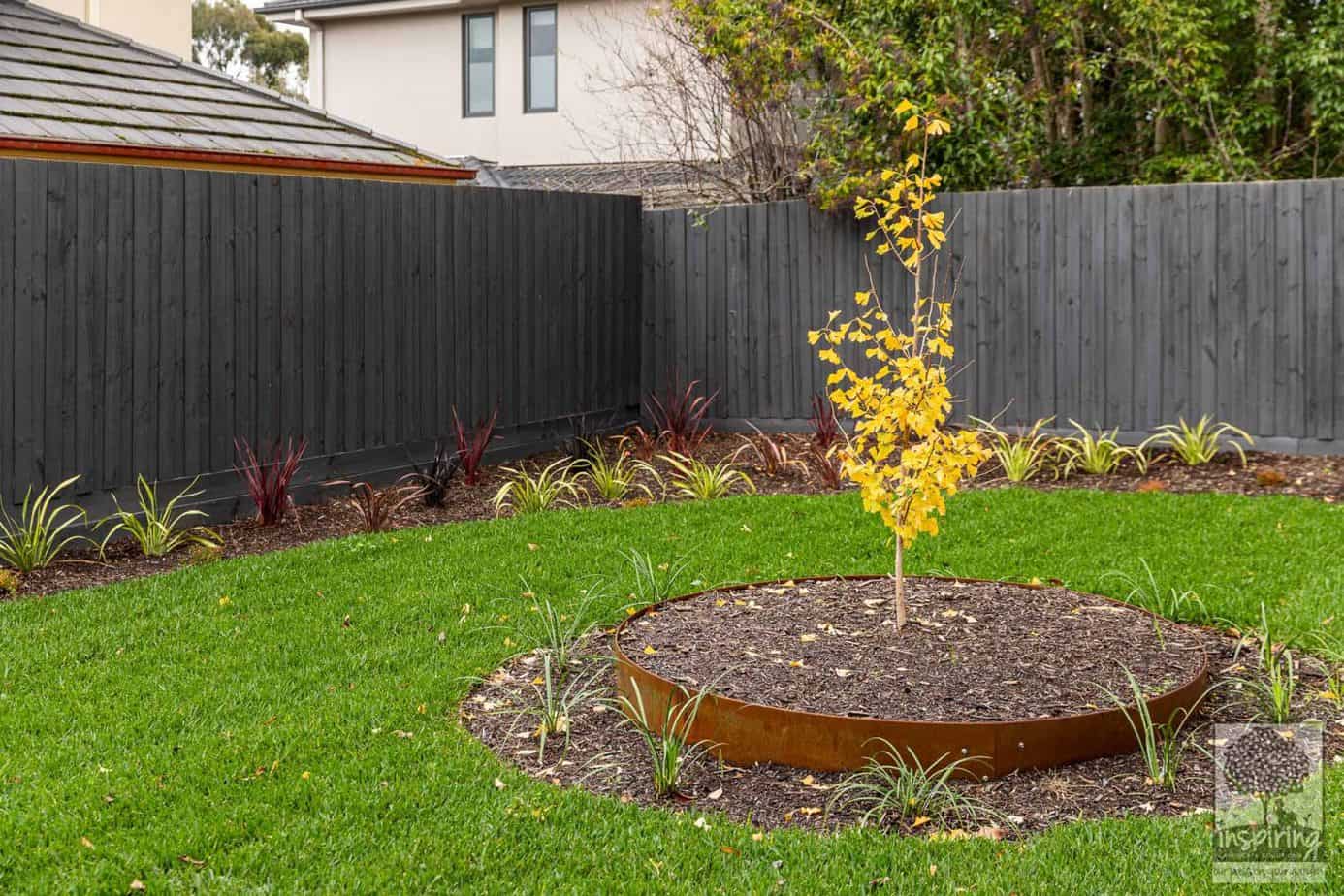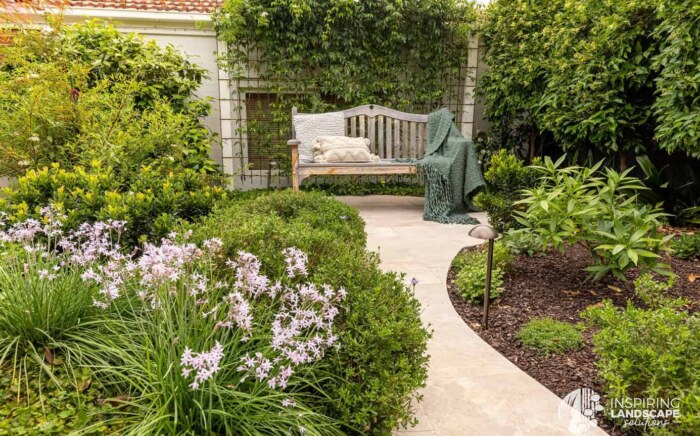Winter is the best time for tidying up your garden, pruning the plants, and preparing for spring. If you can get over the mental block of how cold it is outside, you’ll reap the rewards in the couple of month’s time and also get some good exercise and keep warm to boot!
So here are some tips for your winter garden care!
Your winter garden to-do’s
Declutter
Honestly, winter’s the best time to start thinking about what works for you in your garden and what you need changed. Get rid of the structures and plants that don’t resonate with you. It’s actually a good time to start planning your garden design!
Check
Check in your plants that you know are sensitive to the cold and if they are in pots, bring them in or move them to a warmer or more protected spot.

For those planted in the ground, you are able to protect them from frost by simply putting a piece of cloth/old blanket/hessian/newspaper over them during the night till early morning or getting the Floating Row Cover from Green harvest.
Maintain
Clean & sharpen your garden tools. Invest in new ones if you need to. Due to all the leaf fall in autumn, it may be worthwhile checking on your gutters for any blockages. I learnt the hard way and some of my eaves got damaged in a cascading waterfall due to a blocked gutter!!
Your winter garden plant care
Keep winter-flowering plants well-watered and fertilised.
If you don’t have any winter flowering plants, plan for the next winter and have a look at some of the suggested plants below that you could try in your Melbourne garden:
- Natives!
- Some succulents, daisies or kniphofia’s;
- Pansies, poppies, salvia, begonias, bare-rooted roses, violas, Winter roses (hellebores), bergenia, or statice (Limonium Peretzii), perennial wallflowers (Erysimum Mutabile), and the French lavender (Lavandula Dentata) for a more cottage garden feel;
- You could also try the adorable winter daphne (Daphne Odora) but I’ve failed miserably with them although some of my lovely clients have been successful!
Brighton
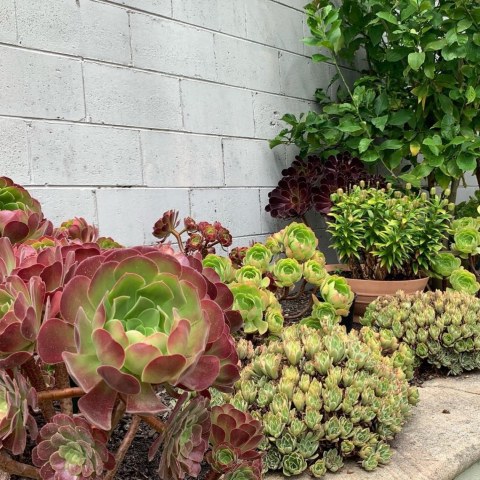
Vermont South B
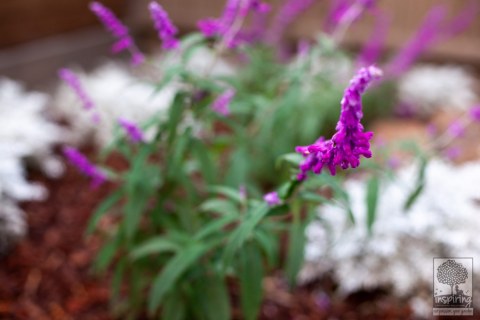
Blackburn
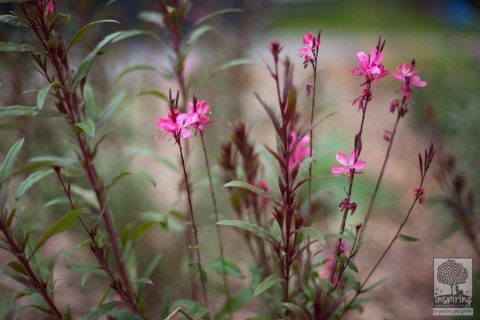
Blackburn
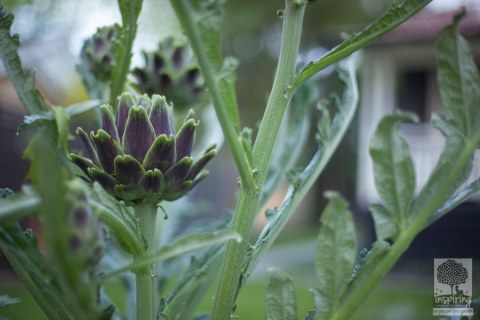
Brighton
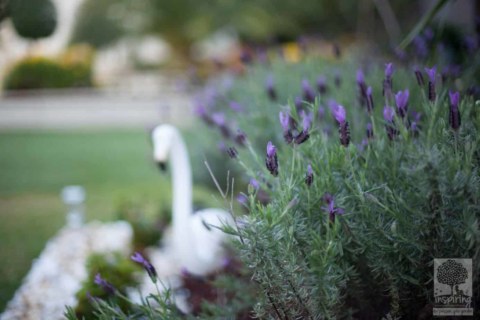
If you love perennials like I do, I bet that you have some in your garden too so do look out for their new growth and prune their older growth right back down the ground level. That will keep them tidy and looking ready for their first flush in spring!
Winter is also a good time for soil preparation if you’re intending an overhaul for your garden in spring. It gives enough time for the soil microbes etc to do their thing so the soil is ready to be planted in when the ground warms up in spring. Do this by digging in plenty of compost and (where required only eg for vege patches), aged manure into the soil.
What about edibles you say? Well, give spring onions, parsley, chives, and fennel a go!
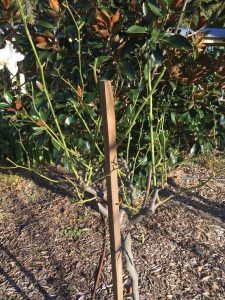
Winter garden pruning
You should’ve pruned your roses by now but if you haven’t done so, don’t delay it further. Roses usually need to be pruned in mid-to-late July.
On the other hand, early August is the best time to prune gardenias, hydrangeas, and wisteria, for example.
Conifers, herbaceous perennials, deciduous trees, and shrubs and grapevines should be pruned in winter.
Fruit trees should also be pruned now to maintain their shape. Make sure, however, to prune according to the variety’s needs. Also, remember to wait till the risk of frost is over.
Remember to Seasol your plants after pruning to help them recover post pruning.
Winter garden feeding
In winter, plants grow more slowly and they don’t need as many nutrients as usual. So, the most important rule about fertilising in winter you need to remember is to reduce the frequency of feeding or consider not feeding the plants at all!
However, some plants, such as citrus, winter vegetables and spring-flowering annuals, are still actively growing. These, you should feed as usual.
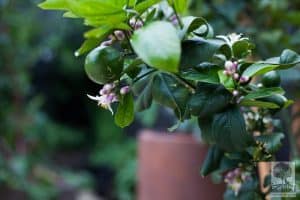
Give young seedlings a good start with some Seasol and some liquid fertiliser.
You can start fertilising winter flowering bulbs when the first buds appear and continue till flowering ends. Thus, you will ensure a good display next year.

Winter lawn care
The most important thing you can do for your lawn in winter is to limit watering. Turn off the sprinklers and only water on an as-needed basis.
One thing you should consider is pruning the nearby trees, as they don’t allow enough light to reach the lawn. (It’s also a good time to keep your trees in a good shape so you get the intended look you want!)
It’s also important to control weeds and preferably by hand. Weeds still thrive during winter and you need to remove them regularly so that this doesn’t become problematic as you head towards spring.
Usually, the very best time to aerate the lawn is in autumn, but if you haven’t done it in a while, now is a great time to do so, too. Also, prepare for dethatching the lawn in early spring.
Other resources
Check out our other articles relating to garden maintenance:
Vermont South A

Raised garden bed in Hawthorn East Garden Design

Bundoora

Kew
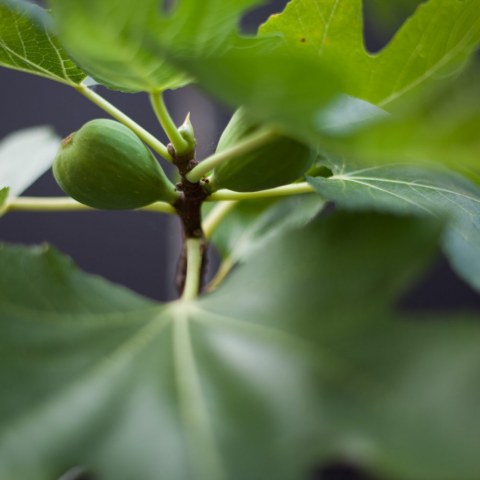
Camberwell
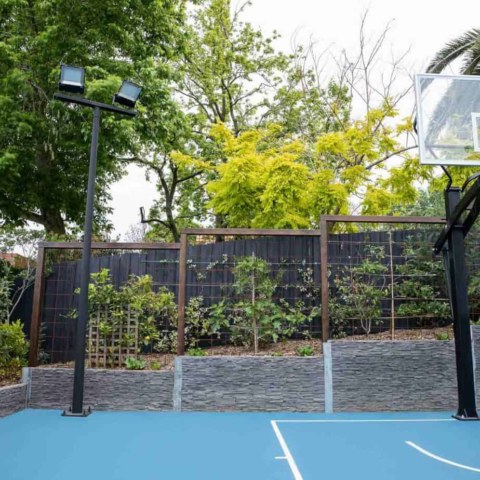
Blackburn
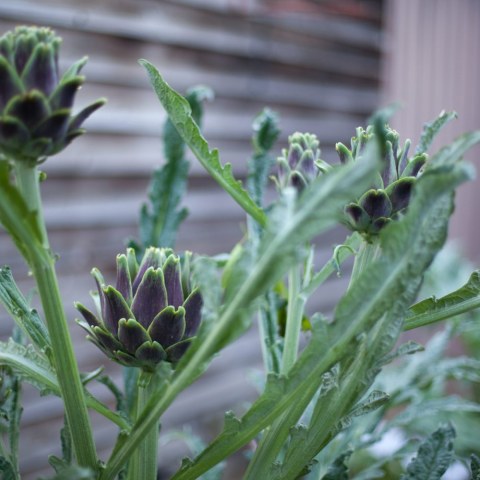
We have been awarded with the Houzz Best of Service 2020 award.
If you need further suggestions or design or plantscaping both indoors and outdoors, please contact us for an onsite 90 minute consultation.
Refer to our packages for further detail on how we can help you in the consults and subsequently throughout your garden implementation process.
Our passion your garden! xx
